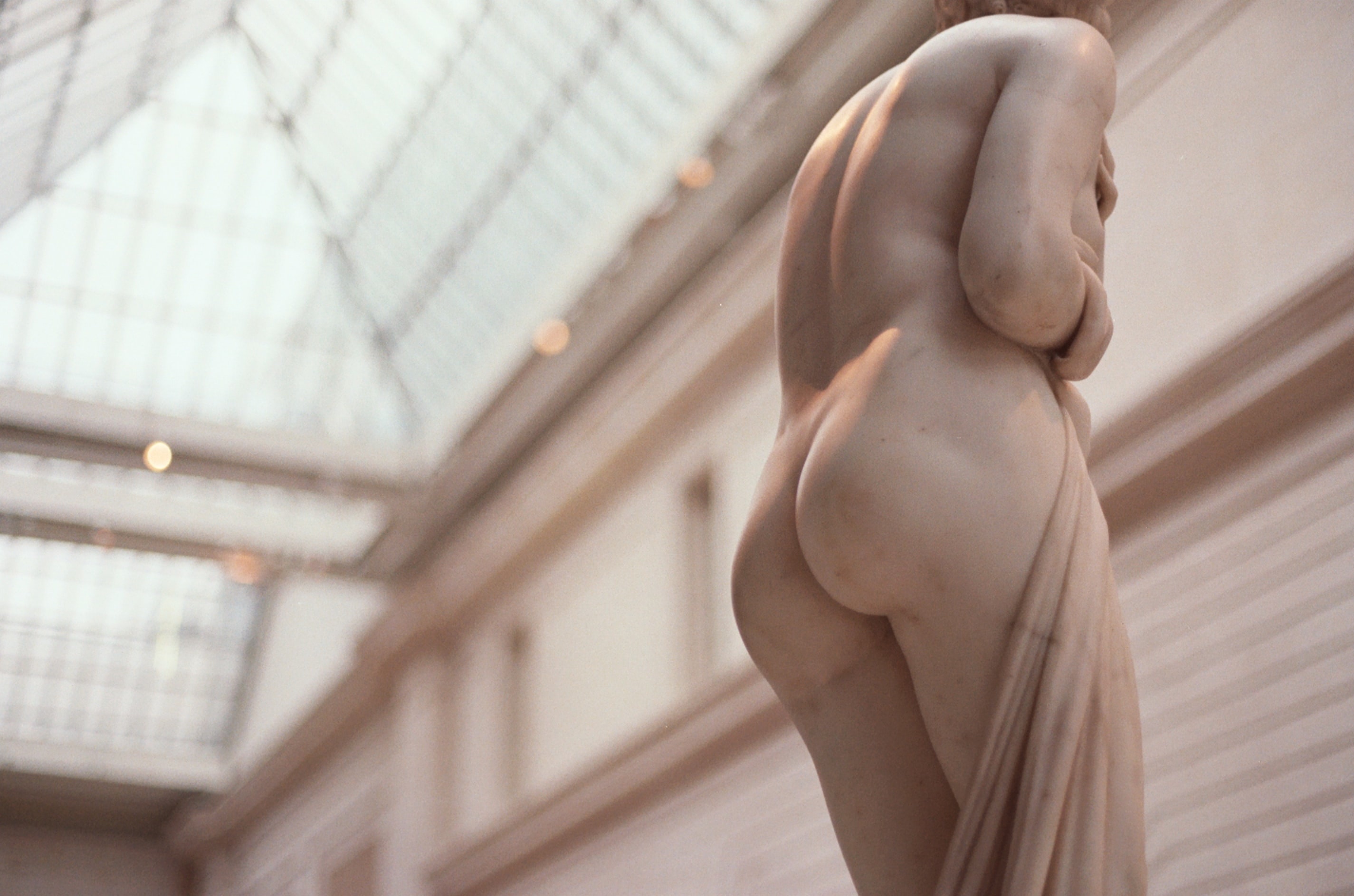Ceramics, corn cobs, and other strange things we used before toilet paper
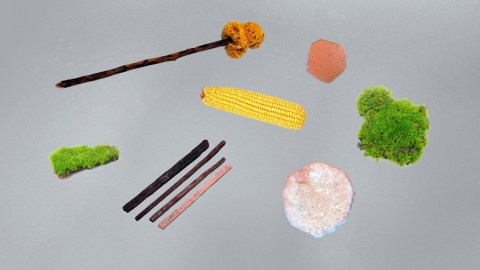
- Toilet paper is common in the U.S. and much of the Western world, but about 70% of people don't use it at all.
- Instead, bidet showers ("bum guns") are becoming increasingly common.
- Historically, humans have used a variety of things for wiping — from corn cobs to rocks.
Americans collectively use about 36.5 billion rolls of toilet paper each year, an absolutely astronomical amount. But we’re the odd ones out with this infatuation: 70% of the world’s population doesn’t even wipe with toilet paper. (Many of them use bidet showers, more amusingly known as “bum guns.”) And for much of history, “two-ply” wasn’t even a thing.
In this article, we examine a few of the odd things that humans have used to wipe their rears over the years — some odd, some ingenious, most not at all comfortable.
Xylospongium
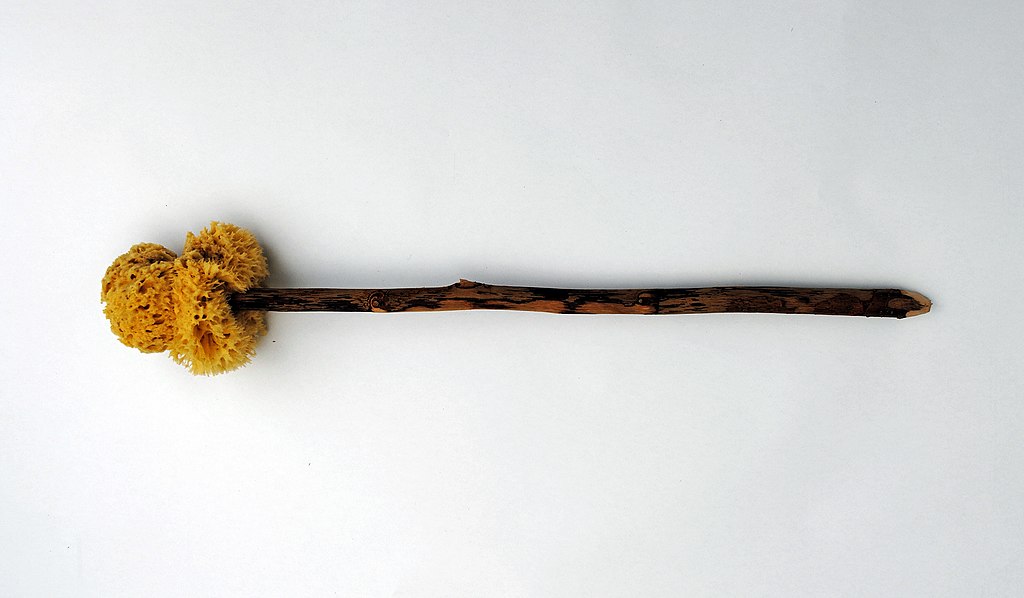
Also known as a tersorium, this utensil simply consisted of a stick affixed with a sea sponge. A simple glance tells you all you need to know about how it was used. Xylospongiums were available at public latrines during the Greco-Roman period and were generally shared, the prior wiper washing theirs in a bucket with water and vinegar before leaving it for the next user. As you can probably guess, such cleaning attempts regularly failed, making xylospongiums frequent vectors of diseases like typhoid and cholera.
Chūgi
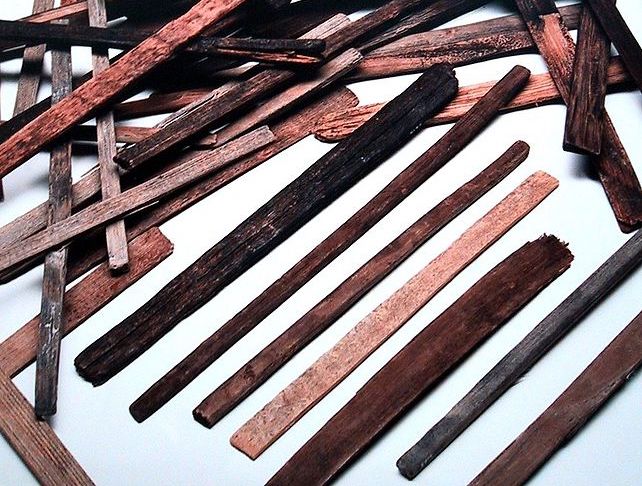
The ancient Greeks and Romans weren’t the only people to wipe with sticks; the Chinese and Japanese also used them, although theirs were much simpler — no sponges, only thin, flattened pieces of wood, often made of supple bamboo. Users sometimes covered the tops with cloth before use for easier cleaning afterward. These chūgi, as the sticks were called, have been found in the archaeological record dating back 2,000 years.
Pessoi

In addition to their tersoriums, ancient Romans and Greeks also used rounded, smoothed, ceramic stones called pessoi to wipe. As you can probably guess, the hard objects weren’t kind. “The abrasive characteristics of ceramic suggest that long term use of pessoi could have resulted in local irritation, skin or mucosal damage, or complications of external haemorrhoids,” researchers wrote in 2012.
Moss

Soft mosses were undoubtedly far more pleasant for ancient bums. The Vikings, Anglo-Saxons, and Scottish are all thought to have widely wiped with the absorbent, pliable plants. The same goes for other cultures that hailed from places with plenty of moist, shady areas where mosses prefer to grow. Modern survivalists and camping experts commonly recommend moss when toilet paper isn’t available, dubbing it “Green Charmin” for its friendly feel and built-in complement of iodine, a natural germ killer.
Corn Cobs
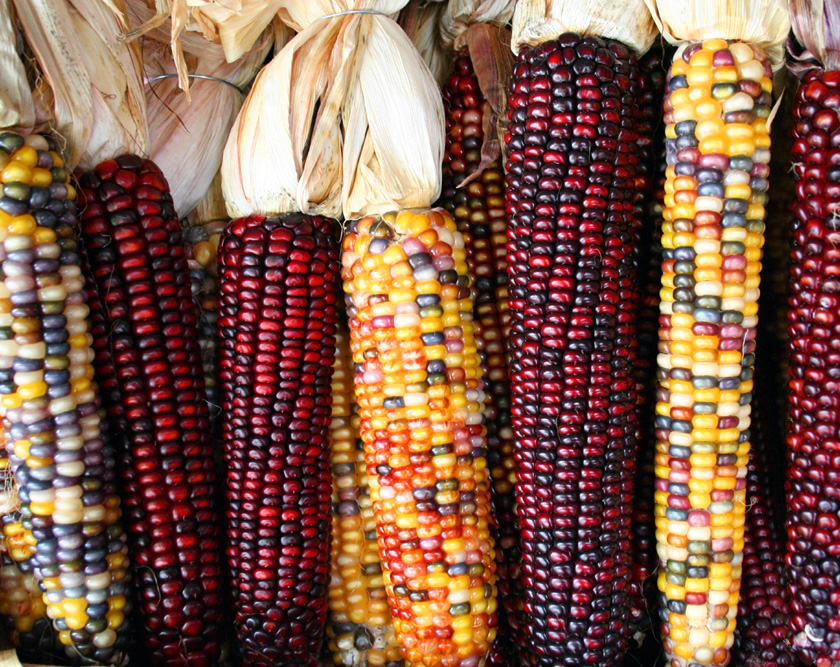
Convenient for insertion and surprisingly soft when dried, corn cobs were plentiful and popular among Native Americans and colonial settlers in North America. With the edible kernels removed, the remaining cob has copious grooves and indentations which become quite efficient at trapping any remaining fecal matter. Moreover, a cob can be rotated on its axis for a swirling, refreshing clean.
A more civilized option?
Long popular in Europe and South America, bidets, which spray a stream of water to remove any remaining waste left on the bum, are growing more common worldwide as cheap, easily installed options proliferate and running water spreads to more parts of the world.



